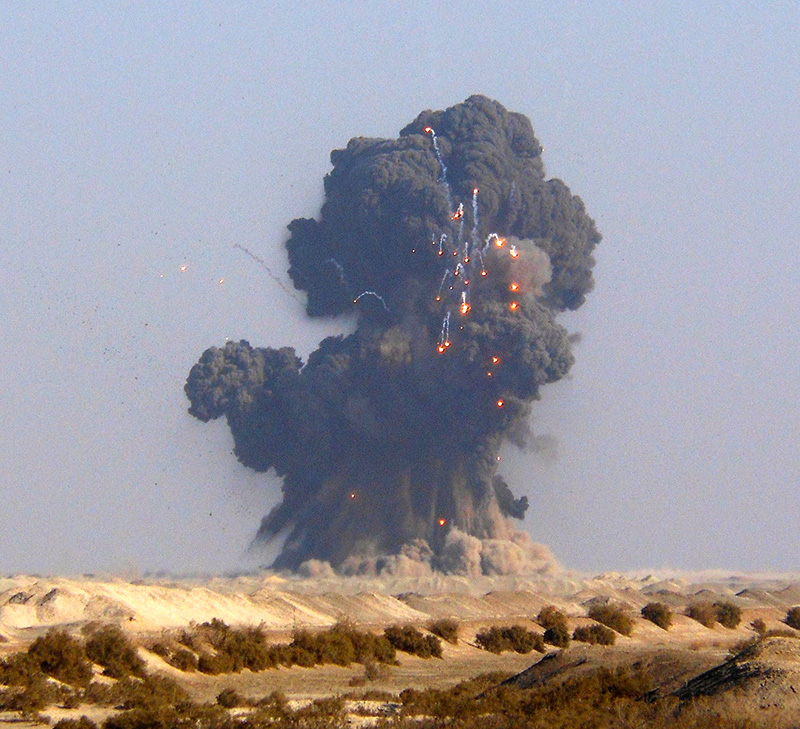Explosive Ordnance Risk Education (EORE)
SafeLane's explosive ordnance risk education activities go hand in hand with its operational tasks. SafeLane integrates EORE with other operational deliverables such as survey and clearance in addition to being a standalone service for its clients.
When providing EORE services, SafeLane ensures messages are delivered in line with local policy and standards within the national standards.
Objective and outcomes – Why is EORE of importance?
EORE refers to activities which seek to reduce the risk of injury from EO by raising awareness of women, girls, boys and men in accordance with their different vulnerabilities, roles and needs, and promoting behavioural change. Core activities include public information dissemination, education and training.
SafeLane’s projects consider explosive ordnance risk education to ensure that women, girls, boys, and men in affected communities are aware of the risks from explosive ordnance (EO) and are encouraged to behave in a way that reduces the risk to people, property, and the environment. The objective is to reduce the risk to a level where people can live safely within contaminated communities.
Delivery methods and benefits – How can explosive ordnance risk education be delivered?
EORE can be delivered through different mediums depending on the strategy and requirements of SafeLane’s clients. Visual aids, pamphlets, videos and interactive media etc.
EORE can be achieved through SafeLane providing community liaison (CL) personnel or dedicated community liaison teams. EORE is an integral part of the clearance operations. The objective of EORE sessions is to target the ‘at risk group’. The ‘at risk group’ includes the local communities living in contaminated areas, who may not be aware what explosive remnants or war, explosive ordnance and unexploded ordnance may look like. Community liaison can identify the at risk communities and personnel to ensure EORE is delivered, available and specific to the region, location and target audience.


